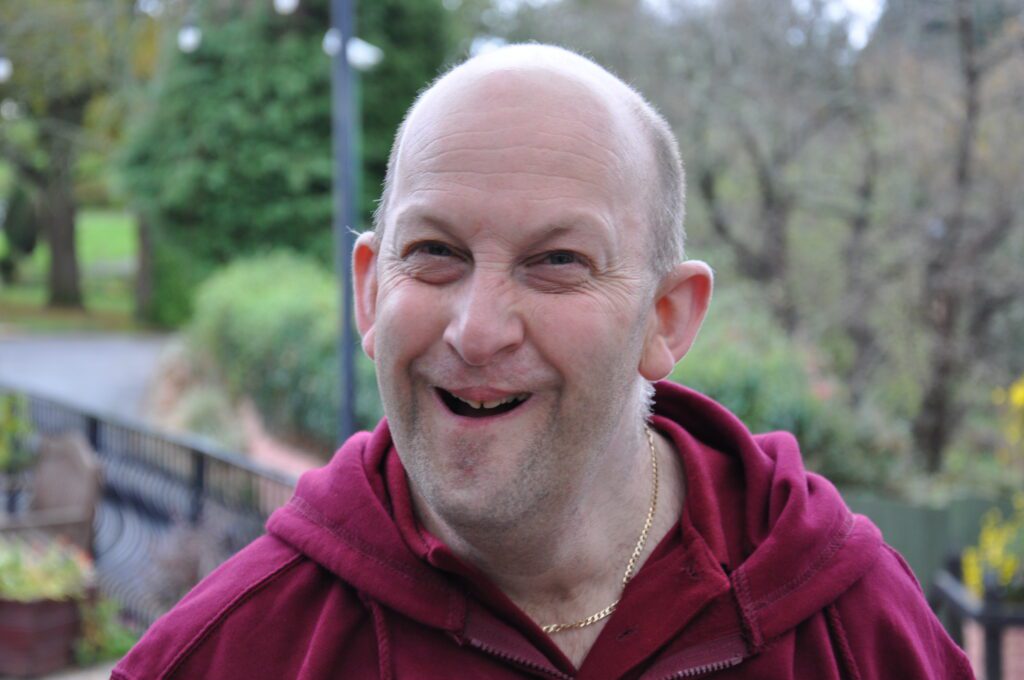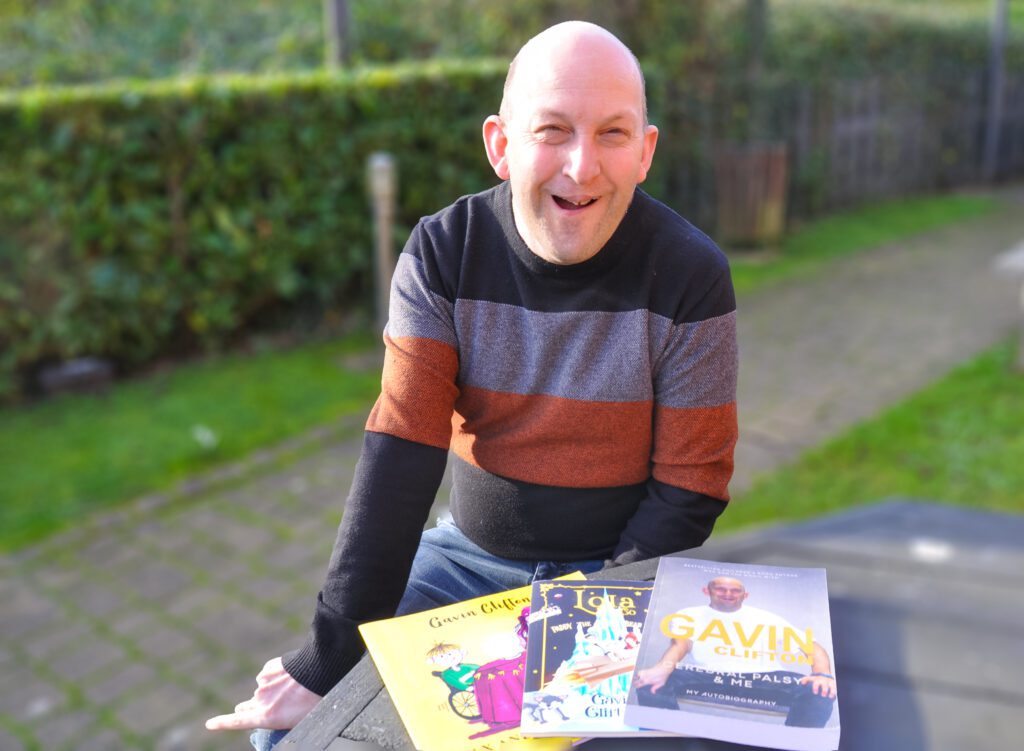Why We Should Celebrate Our Differences: A Path to a More Inclusive World

We live in a beautifully diverse world where no two people are alike. Differences are all around us, whether it’s in how we speak, how we look, or how we experience life. But how do we respond to these differences? Some embrace them with curiosity and kindness, while others hesitate, unsure of how to react. As we approach International Day of Disabled Persons on 3rd December 2025, it’s the perfect moment to reflect on the importance of embracing differences, not just to be polite, but as a necessary step toward building a more inclusive world. For me, living with cerebral palsy has shown me the transformative power of acceptance and how much better the world is when we welcome all kinds of differences.
Personal Reflection
There have been many moments in my life when I’ve felt the weight of people’s judgments before they’ve even spoken to me. Take, for example, one of my earlier speaking engagements. As I stood at the front of the room, ready to deliver my talk, I noticed a few puzzled glances as I prepared my AAC device to help me communicate. Some of the audience members clearly weren’t sure how to react, and I could feel their uncertainty. They were used to speakers who stood up and spoke, and here I was, using technology in a way that wasn’t familiar to them.
But as I began to share my story and talk about the challenges and triumphs of living with cerebral palsy, I watched those puzzled expressions soften and change to embracing smiles and laughter. When I reached the end, people were nodding, cheekily laughing and fully engaged. What changed was their willingness to accept something different from the norm. That shift from hesitation to acceptance was powerful, not just for them but for me, too. It reinforced my belief that embracing differences opens doors to connection, learning, and growth. This was a notion of acceptance for me.
The Power of Acceptance
One of the most rewarding parts of my work as an author and motivational speaker is seeing people’s perspectives shift as they learn about disability. Whether speaking to a group of children in a classroom or a room full of professionals, the message is always the same: Embrace different and choose acceptance and understanding over judgement. We’re all different in one way or another, and those differences are what make life interesting. I’ve found that once people move past their initial uncertainties and start engaging with the person in front of them, all barriers come down, one step at a time, and meaningful conversations begin. It just takes a bit of persuasive education.
In schools, I’ve seen children’s eyes light up as they start to understand that it’s okay to be different. In professional spaces such as our workplaces and retail and hospitality venues, I’ve had people tell me they hadn’t considered how small changes like accessible meeting spaces or a bit of patience during conversations could make a massive difference for disabled people. In its simplest form, acceptance is recognising that everyone has something valuable to offer, no matter how they communicate, move, or experience the world.
A Call for Inclusivity
On International Day of Disabled Persons, there’s no better time to think about how we can all make a difference in our daily lives. Inclusion isn’t about grand gestures but our small, everyday choices to ensure everyone feels valued. Here are some practical ways to embrace differences and create a more inclusive environment:
- Listen without assumptions: When you meet someone who seems different, try not to assume anything. Never judge someone until you truly get to know them. Take the time to listen and get to know them for who they are.
- Make spaces welcoming: Whether at work, in school, or in public, consider how accessible and welcoming your environment is. Are there physical or other barriers that prevent someone from participating fully? If so, think about how you can remove them.
- Speak up for inclusion: If you see someone being left out or mistreated because of their differences, don’t hesitate to speak up. You don’t need to have all the answers; showing support can go a long way. I know all too well how feeling excluded or left behind feels.
Inclusivity starts with recognising that differences don’t separate us; they bring us together. By embracing these differences, we create communities where everyone has the chance to contribute, grow, and thrive.
Take a moment to think about how you can embrace differences in your own life. What can you do today to make someone feel more included? Sometimes, it’s as simple as waving or smiling at someone who looks unsure or asking how you can make a space more accessible for everyone. Inclusion is not just about being kind; it’s about actively choosing to see the value in everyone, regardless of their background or abilities.
I’d love to hear your thoughts. Have you ever been in a situation where embracing differences positively impacted you? Or have you felt misunderstood because of something that set you apart? Share your experiences in the comments below. Your story might inspire someone else to take a step towards inclusivity.
If you found this post helpful, please share it with others. Let’s spread the message that differences are to be embraced, not avoided. You can also join the conversation on social media using #EmbraceDifferences and #IDPWD2025. Let’s work together to create a world where everyone is valued.

